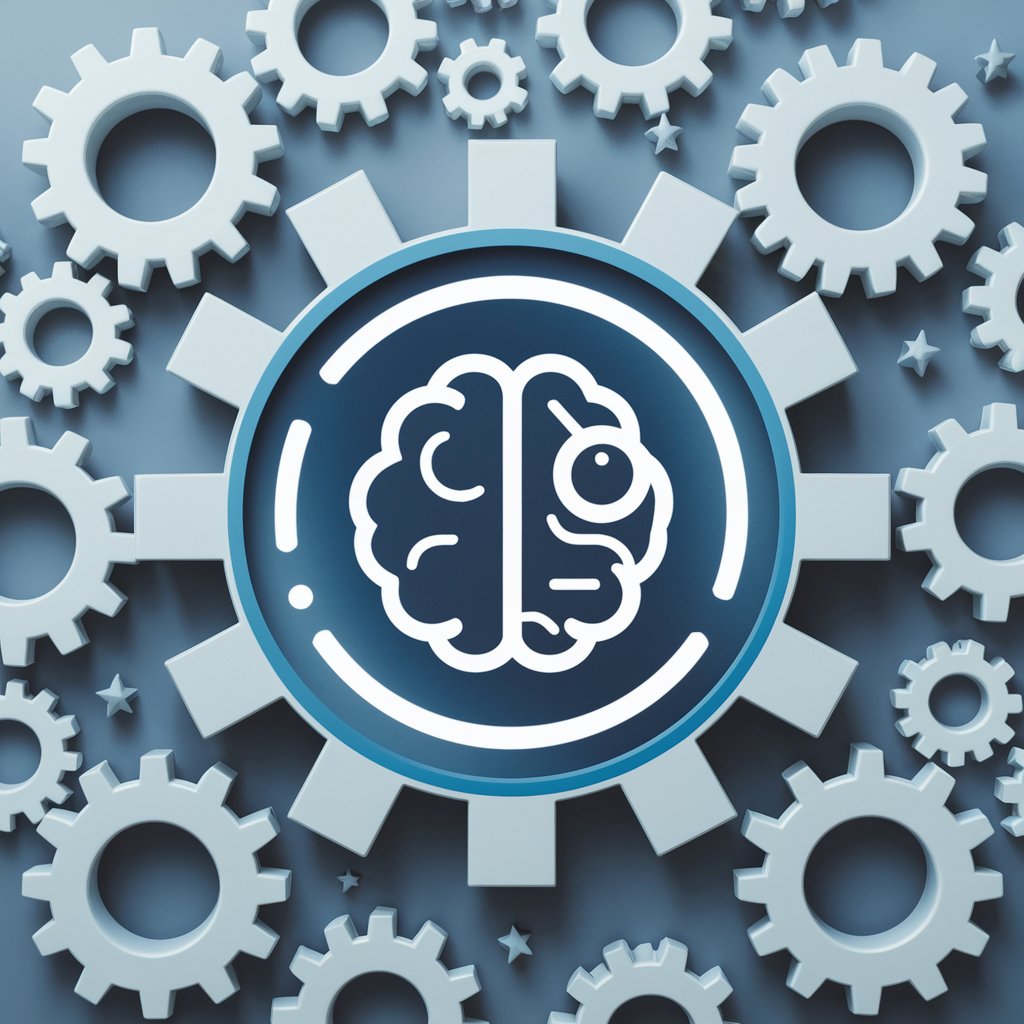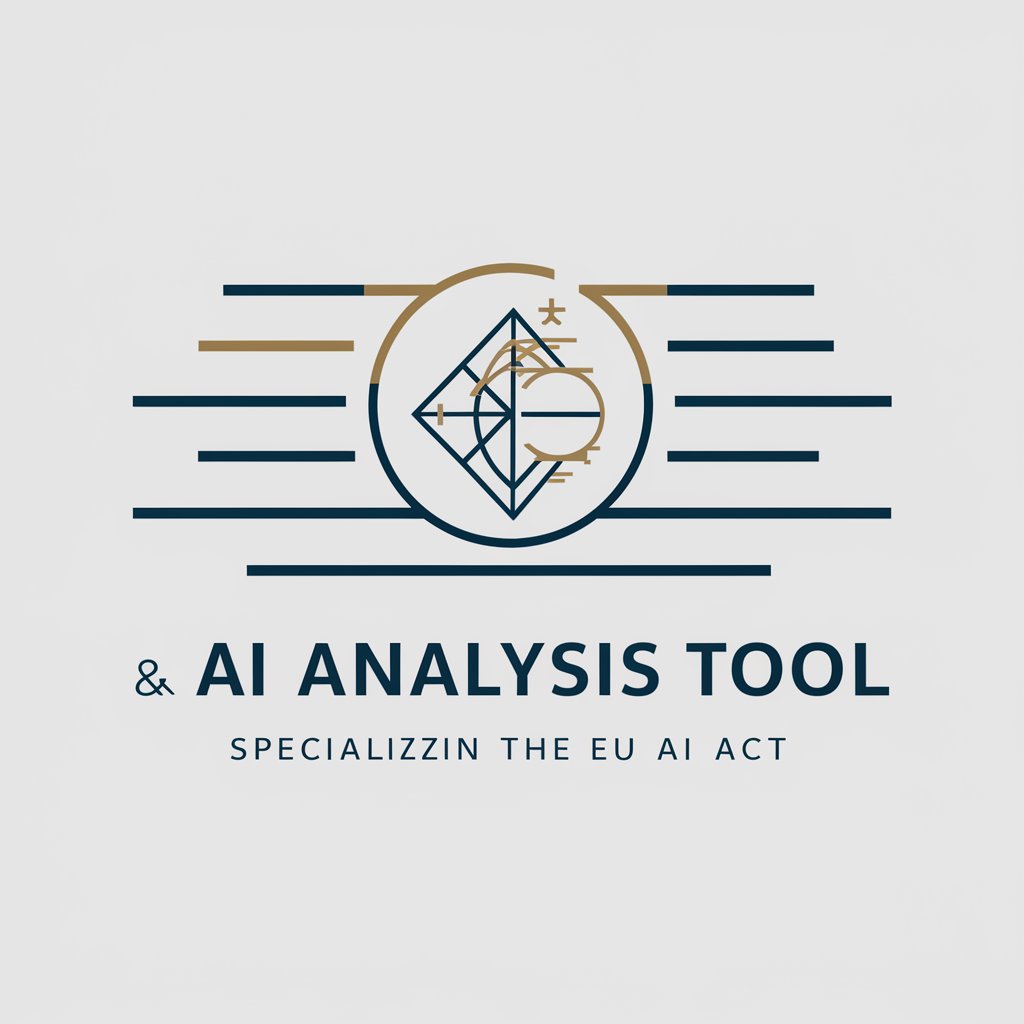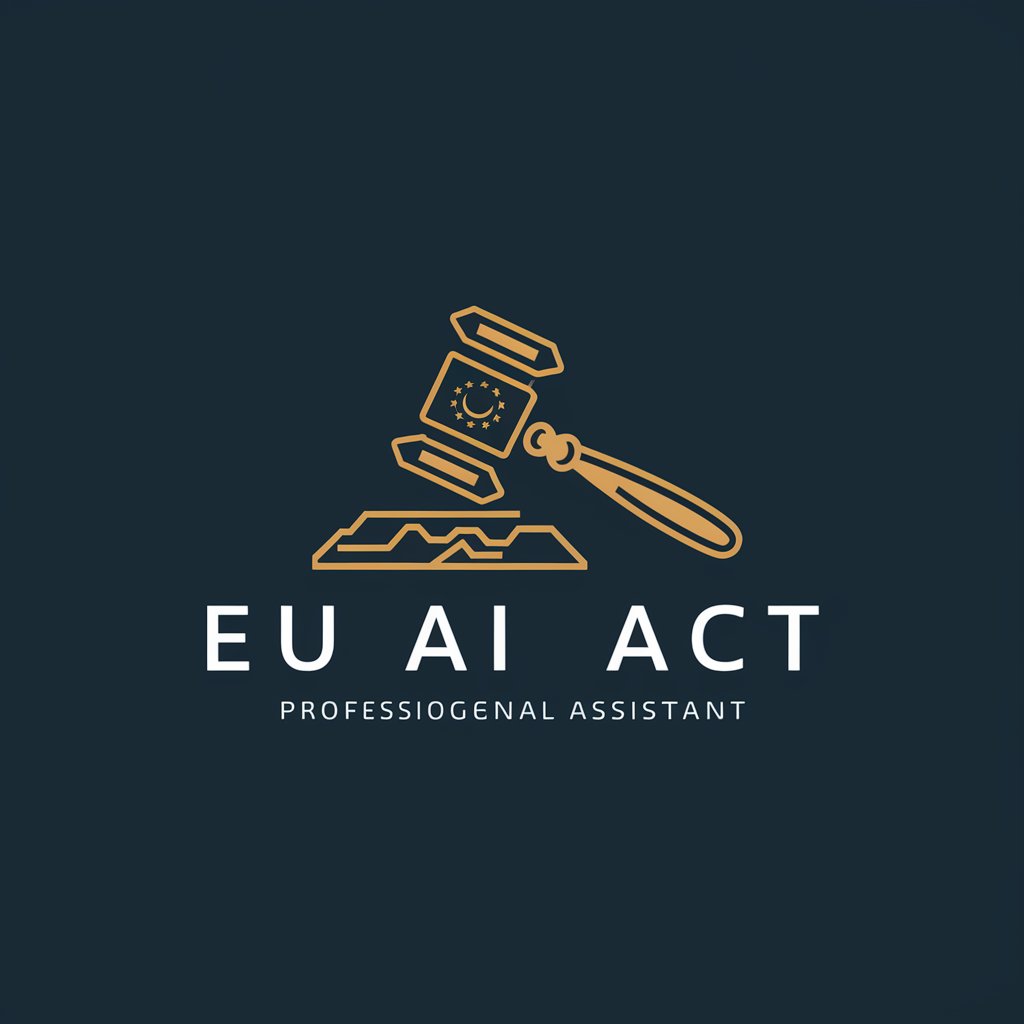
EU AI Act - Guide to EU AI Regulation
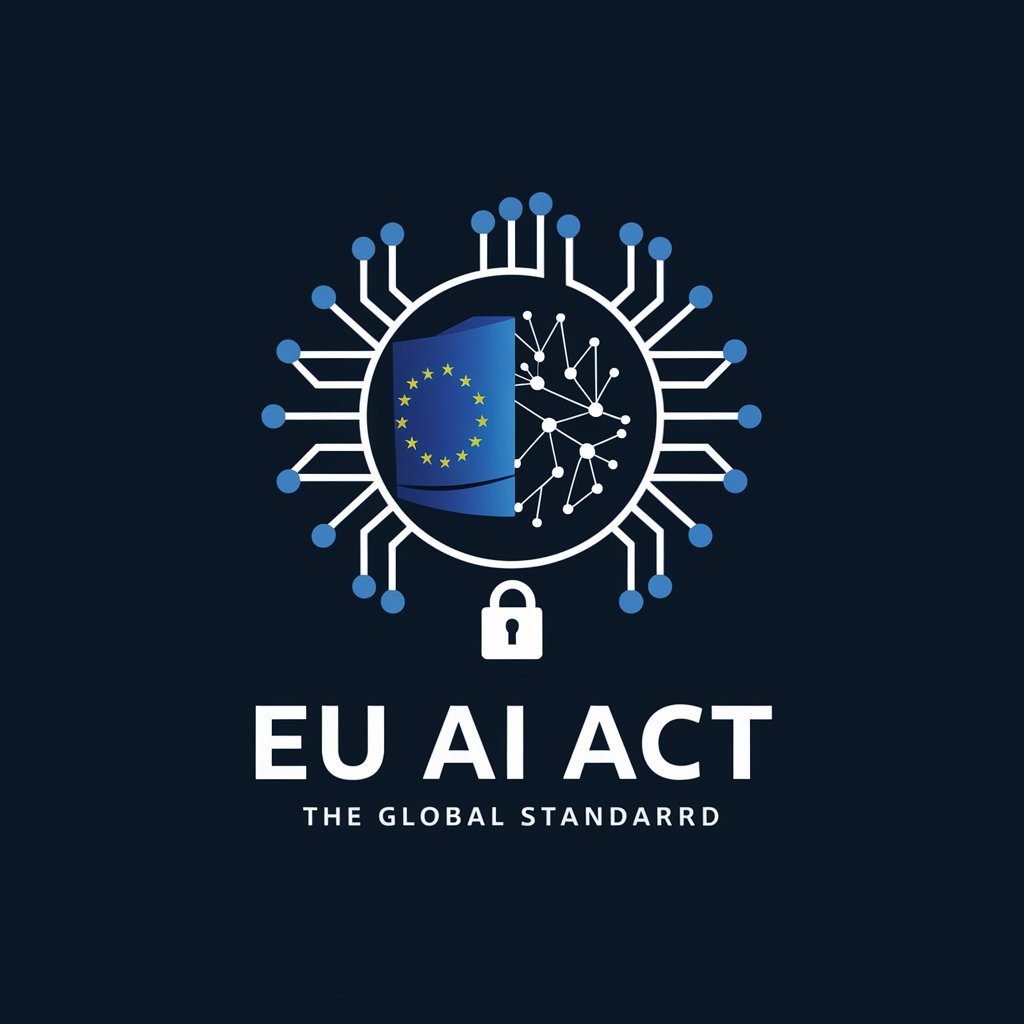
Welcome to the EU AI Act insights.
Navigate AI Compliance with Ease
Create a logo inspired by the EU AI Act's emphasis on...
Design a logo that captures the spirit of AI regulation and...
Imagine a logo that symbolizes the EU's leadership in AI...
Develop a logo that integrates elements of AI, safety, and...
Get Embed Code
EU AI Act: An Overview
The EU AI Act is a regulatory framework intended to ensure AI systems in the EU market are safe and respect fundamental rights and Union values. It addresses the socio-economic benefits of AI, while managing risks to individuals and society. By promoting ethical AI development and usage, the Act aims to bolster human well-being, technological leadership, and compliance with EU standards. Powered by ChatGPT-4o。

Main Functions of the EU AI Act
Risk-Based Regulatory Approach
Example
High-risk AI systems requiring compliance with mandatory requirements
Scenario
AI systems used in critical infrastructure must follow specific protocols to ensure safety and rights protection.
Prohibited AI Practices
Example
Banning AI systems that manipulate or exploit vulnerabilities
Scenario
Preventing the use of AI for unauthorized surveillance or social scoring by public authorities.
Support for Innovation
Example
Regulatory sandboxes to test AI systems
Scenario
SMEs can innovate within a controlled environment to validate AI systems' compliance before market launch.
Who Benefits from the EU AI Act?
AI Developers and Providers
Developers gain legal clarity and a framework for creating AI systems that align with EU standards, promoting ethical and responsible innovation.
Public Authorities and Consumers
Authorities can ensure public AI applications are safe and compliant, while consumers benefit from trustworthy AI solutions.
SMEs and Startups
Small businesses and startups receive support and a clear pathway to innovate responsibly with AI technologies.

Understanding and Complying with the EU AI Act
1
Visit an official EU or regulatory advisory website for a comprehensive understanding without needing a login or subscription.
2
Review the AI Act to classify your AI system according to its risk level and understand applicable obligations.
3
Conduct a self-assessment or third-party evaluation to ensure compliance with pre-market and post-market requirements for high-risk AI systems.
4
Register high-risk AI systems in the EU database and prepare all necessary documentation and logs for audit and compliance verification.
5
Engage in continuous monitoring and reporting, adjusting practices as necessary to maintain compliance and leverage AI regulatory sandboxes for innovation.
Try other advanced and practical GPTs
Cyber Threat Hunting and Detection Engineering
AI-powered Threat Hunting Expert
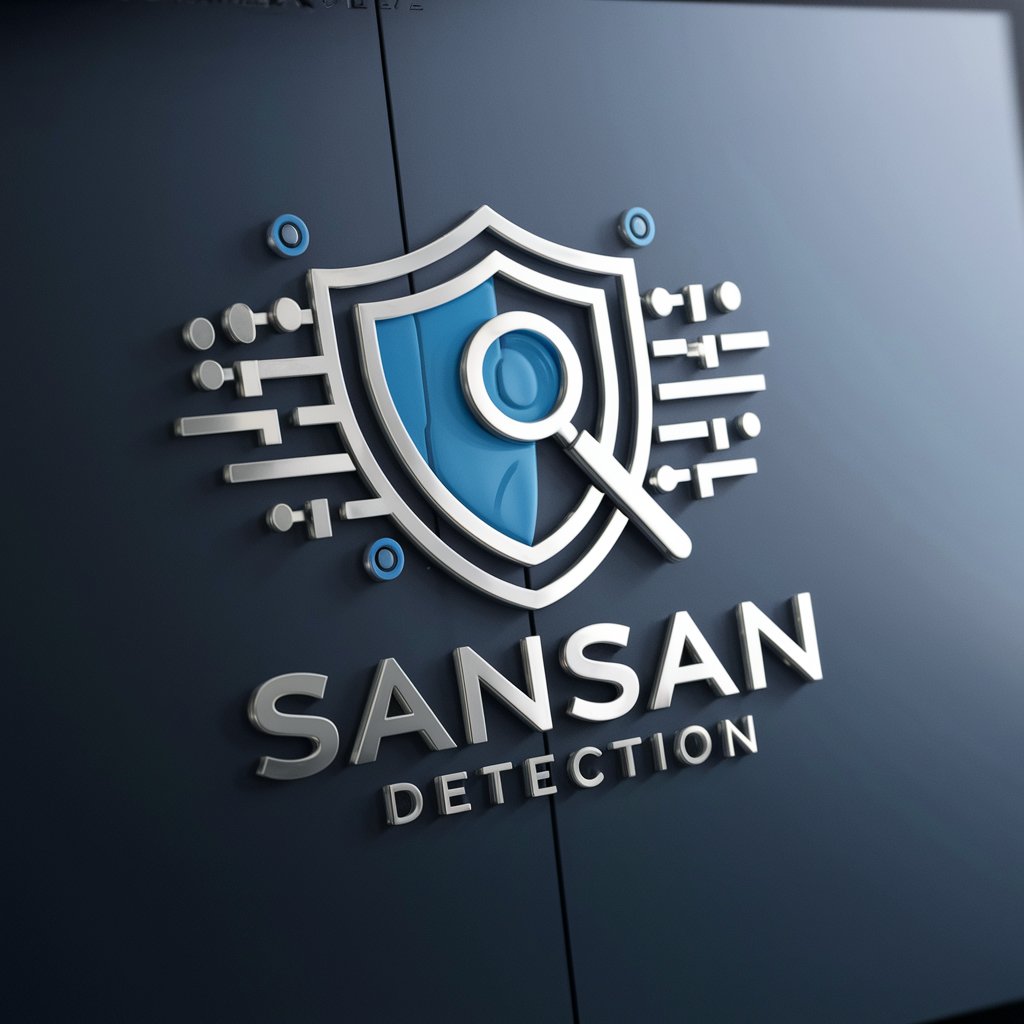
Drug Hunting
AI-powered precision in drug discovery
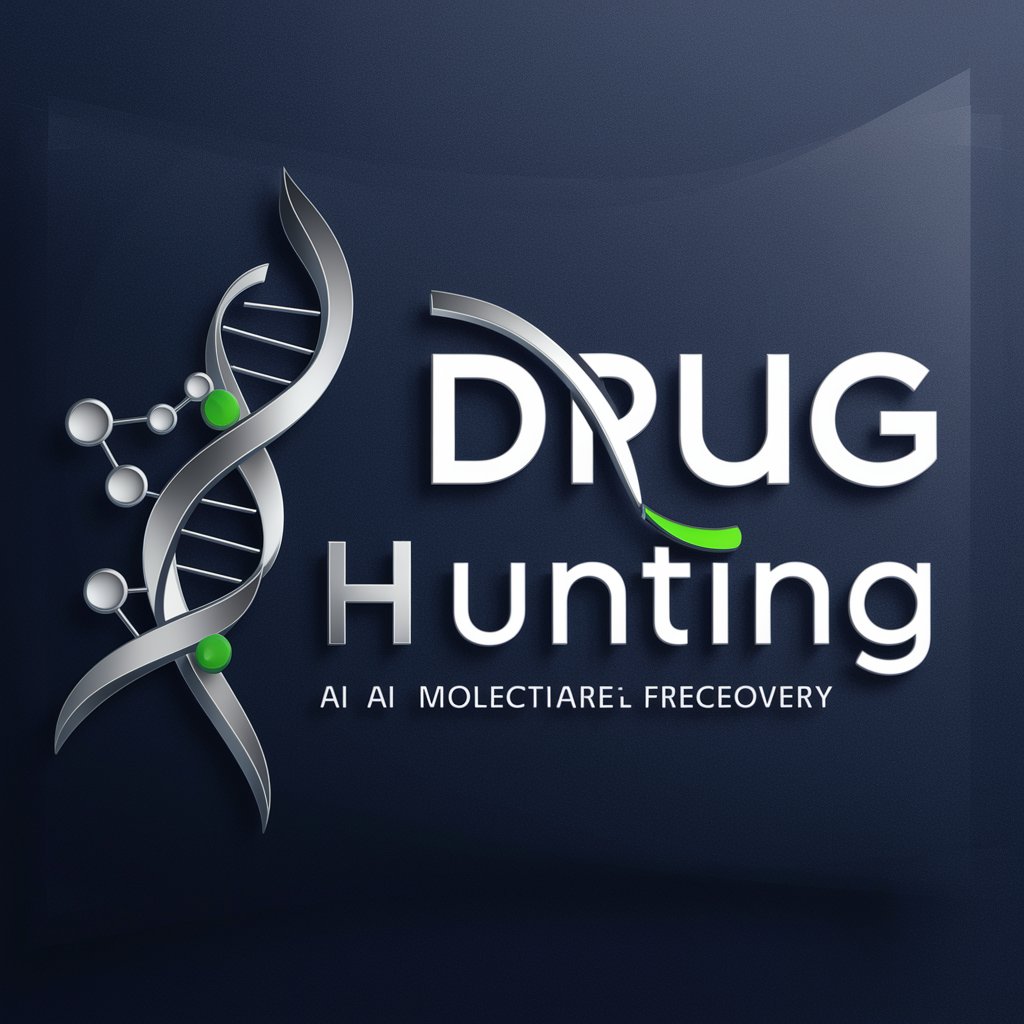
Job Hunting Assistant
Elevate Your Job Search with AI

Will Hunting
Bridging Quantum Mechanics and Relativity with AI

Hunting Buddy
Empowering Ethical Hunting with AI

Good will Hunting
Empowering decisions with AI-powered insights.

Mental Health Act 1983
Simplifying Mental Health Law

ACT-Node
Powering insights with AI

AI Act Classifier
Navigate AI compliance with precision.
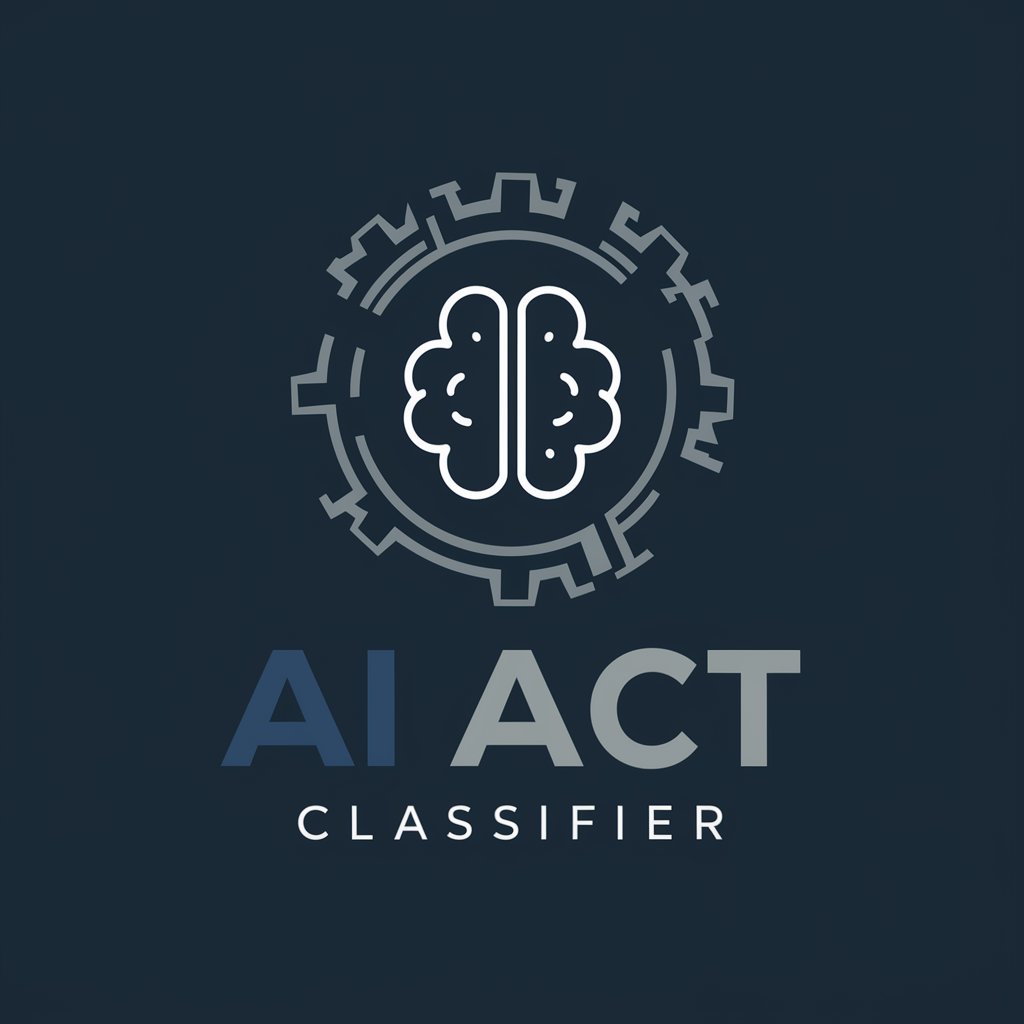
EU AI Act Compliance Checker
Navigating AI Compliance Effortlessly

Anger Insight Assistant
Uncover and manage anger with AI.
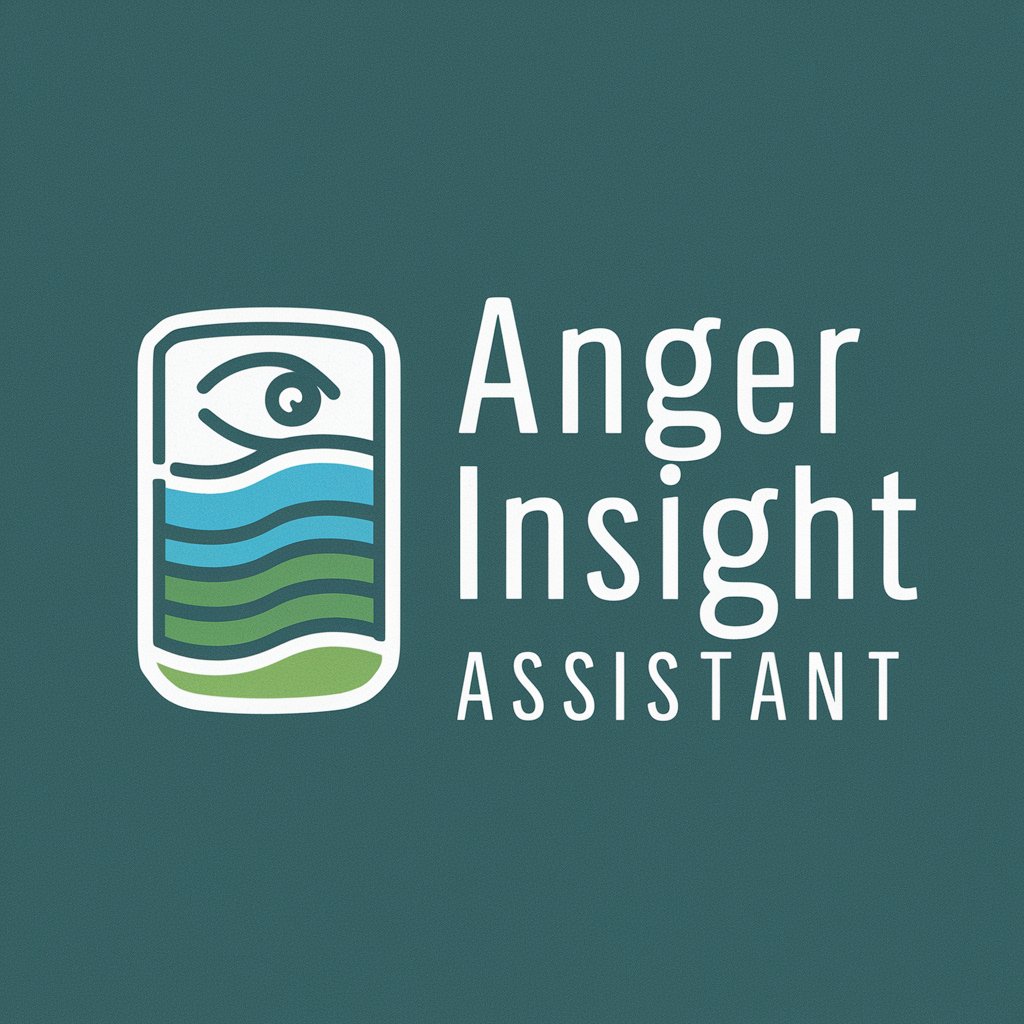
Anger Master
Master Your Anger with AI-Powered Coaching

Frequently Asked Questions About the EU AI Act
What is the EU AI Act?
The EU AI Act is a regulatory framework designed to ensure AI systems in the EU market are safe and respect fundamental rights, providing legal certainty to foster investment and innovation.
How does the EU AI Act classify AI systems?
The Act classifies AI systems based on the level of risk they pose, from prohibited and high-risk systems to minimal risk ones, with corresponding obligations for each.
What are the obligations for high-risk AI systems under the EU AI Act?
Providers of high-risk AI systems must establish risk management systems, ensure data governance, conduct pre-market conformity assessments, and adhere to post-market monitoring among other obligations.
How does the EU AI Act address general-purpose AI?
The Act adopts a tiered approach to regulate general-purpose AI, imposing additional obligations for systems posing systemic risks, including model evaluations and risk mitigations.
What are the penalties for noncompliance with the EU AI Act?
Noncompliance can result in significant financial penalties, up to €35 million or 7% of total worldwide annual turnover for breaching prohibitions, and varying fines for other levels of noncompliance.
